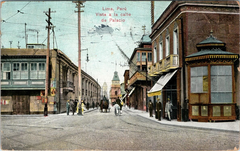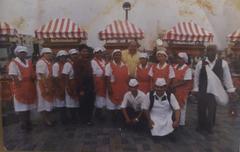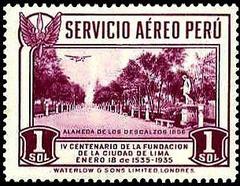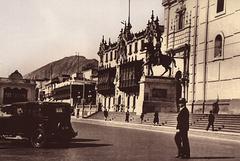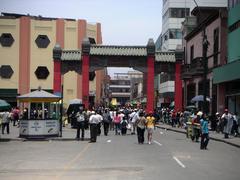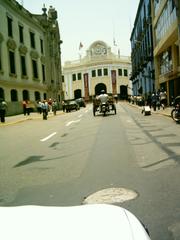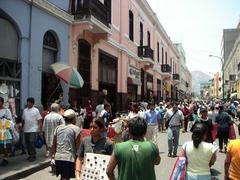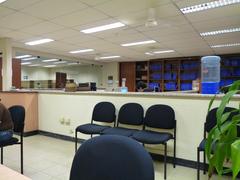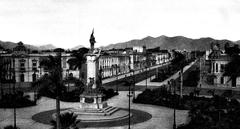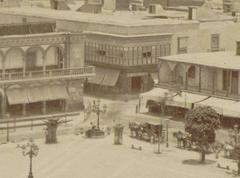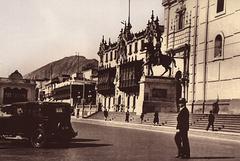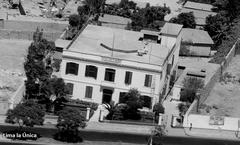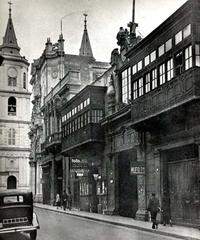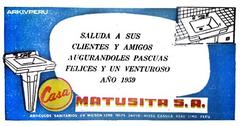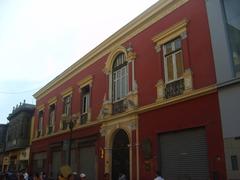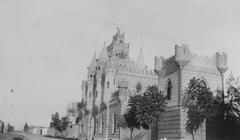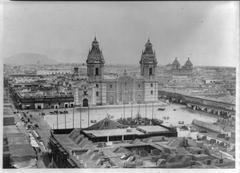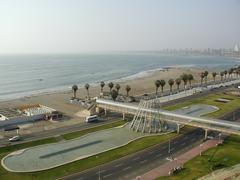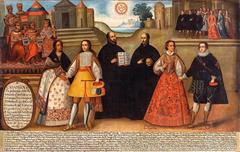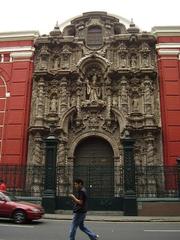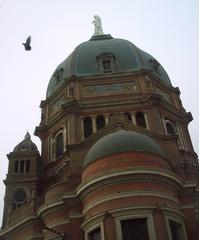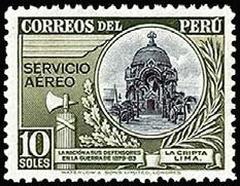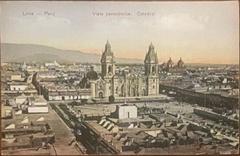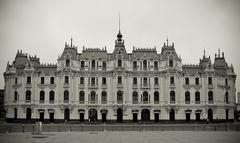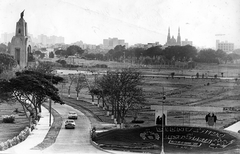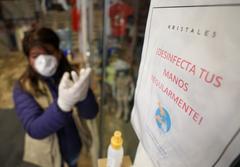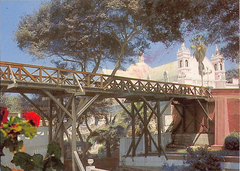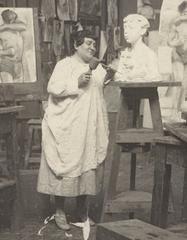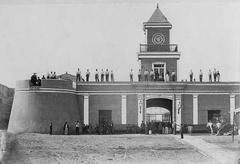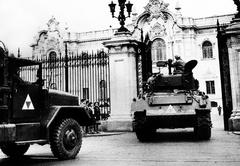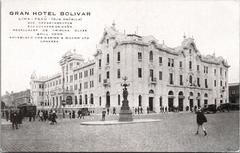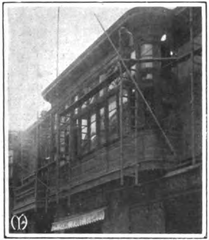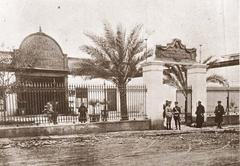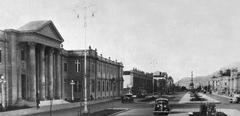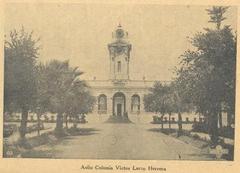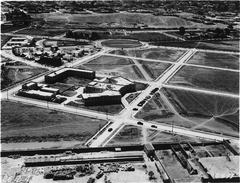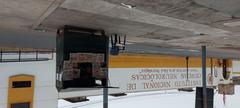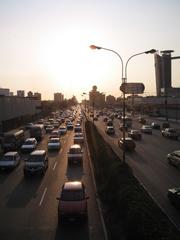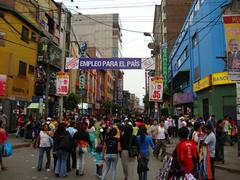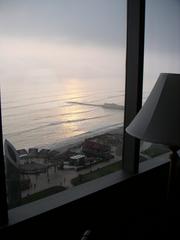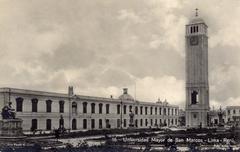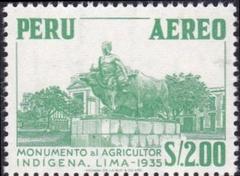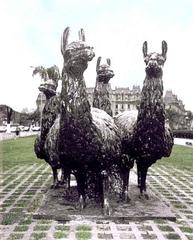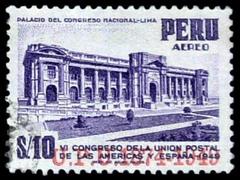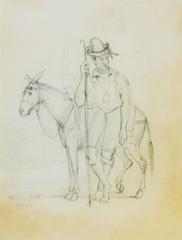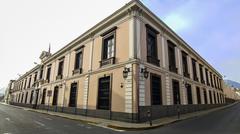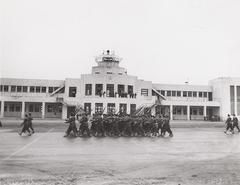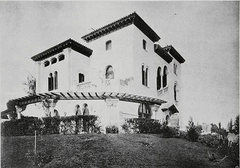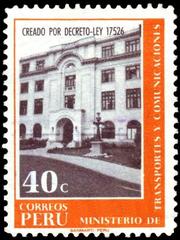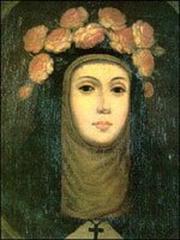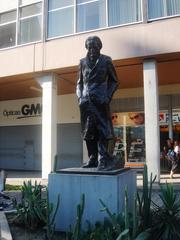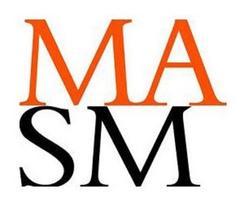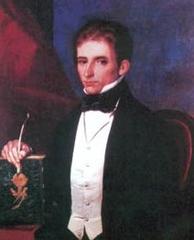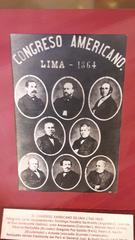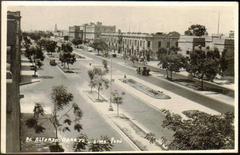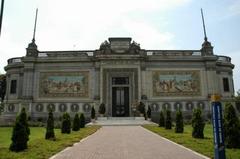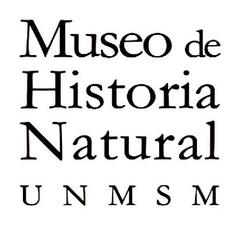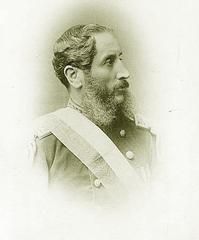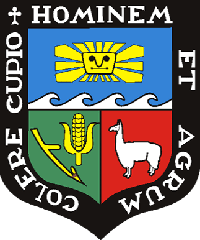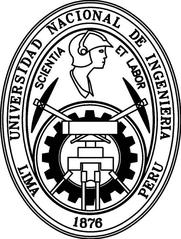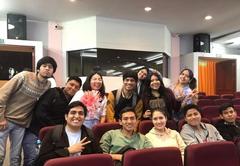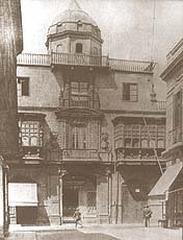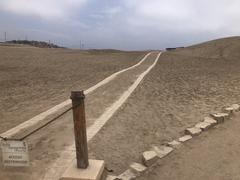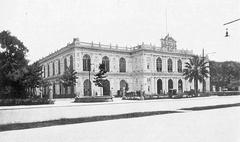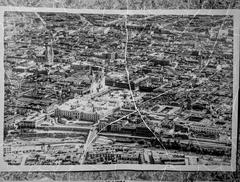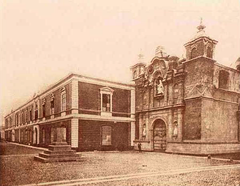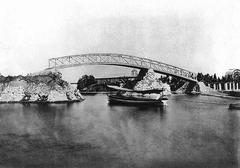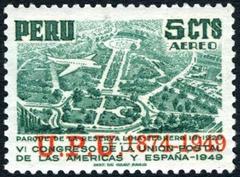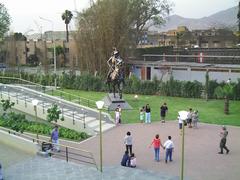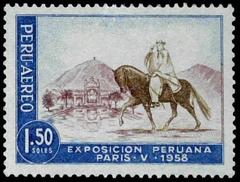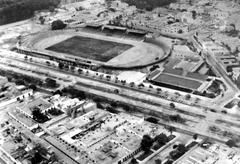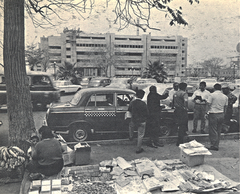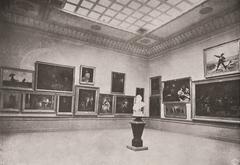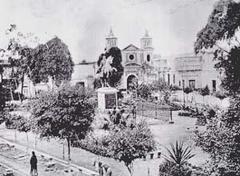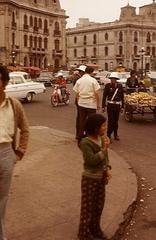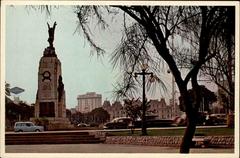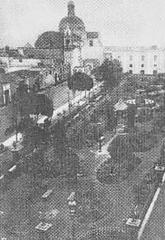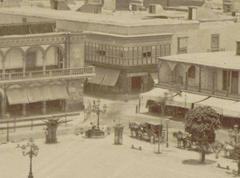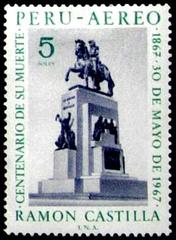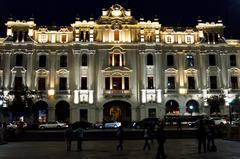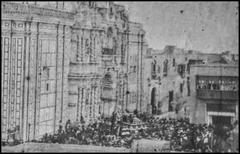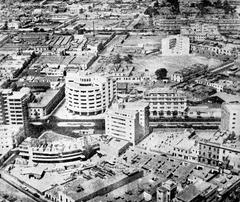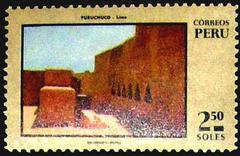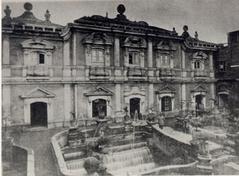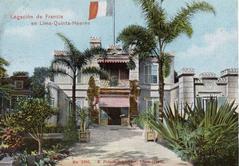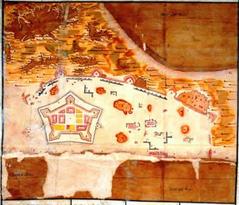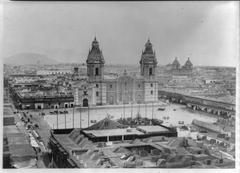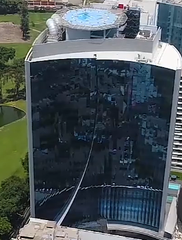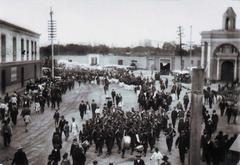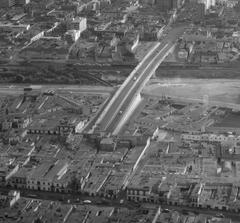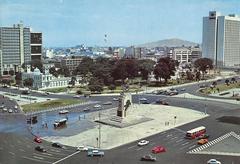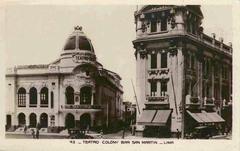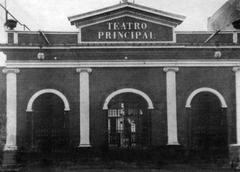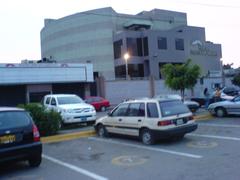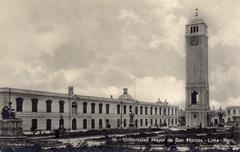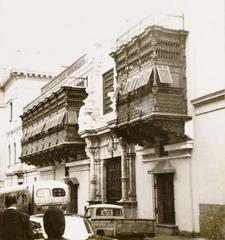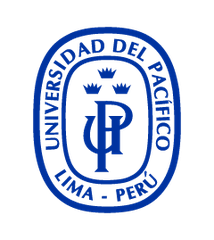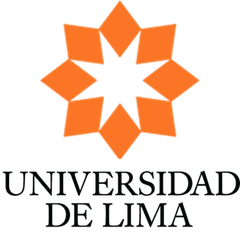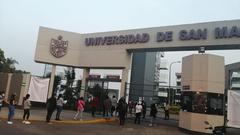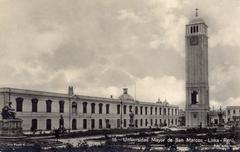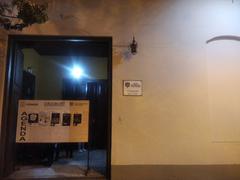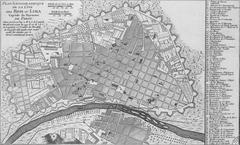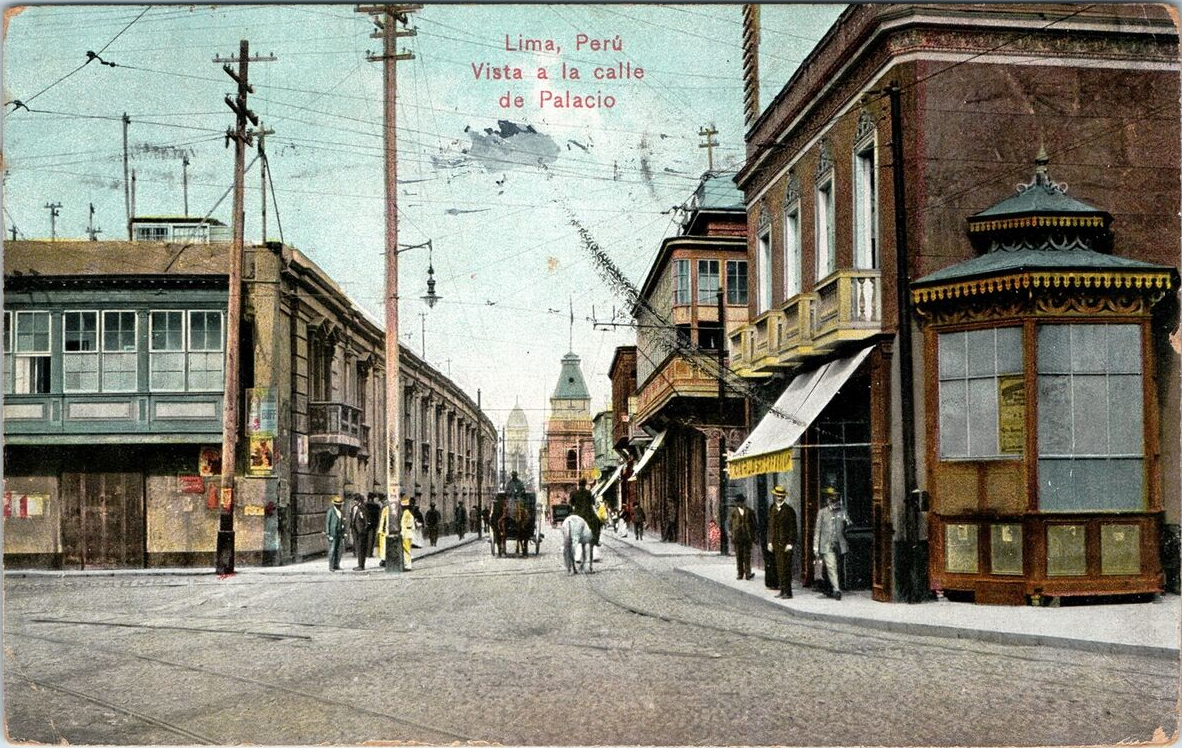
Visiting Centro Histórico de Lima: Hours, Tickets, and Tips
Date: 25/07/2024
Introduction
The Centro Histórico de Lima, also known as the Historic Centre of Lima, is a captivating destination that offers a unique blend of rich history, cultural significance, and architectural splendor. Founded by Spanish Conquistador Francisco Pizarro in 1535, Lima quickly became the heart of Spanish South America, serving as the political, administrative, religious, and economic capital of the Viceroyalty of Peru. Today, the Historic Centre of Lima is a UNESCO World Heritage Site, recognized for its well-preserved colonial buildings and its role as a testament to the cultural and architectural heritage of the Spanish colonial period (UNESCO).
Visiting the Centro Histórico de Lima is like stepping back in time. The area is home to numerous significant landmarks, including the Plaza Mayor, the Church and Convent of San Francisco, and the Cathedral of Lima. Each of these sites offers a glimpse into the past, showcasing a blend of Spanish Baroque, Neoclassical, and Gothic architectural styles. The district not only reflects Lima’s colonial history but also its continuous evolution, with modern developments enhancing its appeal to visitors from around the world.
This comprehensive guide aims to provide visitors with all the essential information needed for a memorable visit to the Centro Histórico de Lima. From visiting hours and ticket prices to travel tips and safety precautions, this guide covers everything you need to know to explore this historic area. Whether you’re a history enthusiast, an architecture aficionado, or a casual tourist, the Centro Histórico de Lima promises an enriching and unforgettable experience.
Table of Contents
- Introduction
- History of the Historic Centre of Lima
- Key Landmarks
- Visitor Information
- FAQ
- Conclusion
History of the Historic Centre of Lima
Foundation and Early Development
Lima, the capital of Peru, was founded by Spanish Conquistador Francisco Pizarro on January 18, 1535. Pizarro named the city “Ciudad de los Reyes” or “City of the Kings” to honor the Feast of the Epiphany. However, the name did not persist, and the city became known as Lima, possibly derived from the Aymara word “lima-limaq” (meaning “yellow flower”) or the Quechuan word “rimaq” (meaning “talker”).
Colonial Significance
Under the Viceroyalty of Peru, Lima was the political, administrative, religious, and economic capital of Spanish South America. The city was a hub for the Spanish colonial administration, with the viceroy’s entrance into Lima being a grand event. The evangelization process led to the arrival of several religious orders and the construction of numerous churches and convents, including the notable University of San Marcos, founded in 1551.
Architectural Heritage
The Historic Centre of Lima is renowned for its architectural monuments, many of which have survived numerous earthquakes. Notable structures include the Convent of San Francisco, the largest of its kind in this part of the world. These buildings are joint creations of artisans, local artists, architects, and master builders from Europe.
UNESCO World Heritage Site
In 1988, UNESCO declared the Historic Centre of Lima a World Heritage Site due to its originality and high concentration of historic monuments from the viceregal era. The site was expanded in 2023 to include the Quinta and Molino de Presa and the Ancient Reduction of Santiago Apostle of Cercado.
Modern Developments
In 2021, the Metropolitan Municipality of Lima installed 206 QR codes across different landmarks in the Historic Centre, providing historical insights through videos. On January 18, 2024, President Dina Boluarte announced a “special regime” for restoration and repair works in the area.
Key Landmarks
Plaza Mayor / Plaza de Armas
The Plaza Mayor, also known as Plaza de Armas, is the main square of Lima and the foundation site of the “City of the Kings” in 1535. It is also where Peru’s independence was declared.
Church and Convent of San Francisco
The Church and Convent of San Francisco is a prime example of colonial architecture. The complex includes a library with over 25,000 volumes and underground catacombs where over 30,000 people were buried until 1808, discovered only in 1943.
Jiron de la Unión
Jiron de la Unión is a pedestrian street that offers a glimpse of modern Lima nestled among the old. It is lined with shops, cafes, and restaurants and leads to Plaza San Martín.
Visitor Information
Visiting Hours
Most attractions in the Historic Centre of Lima are open from 9 AM to 6 PM. However, it’s advisable to check specific visiting hours for each landmark in advance.
Tickets
Entrance fees vary by attraction. For example, the Church and Convent of San Francisco has a ticket price of approximately S/.15. It’s recommended to purchase tickets online in advance, especially during peak tourist seasons.
Accessibility
The Historic Centre is relatively accessible, with most landmarks reachable by foot. However, some older buildings may have limited accessibility for visitors with mobility issues.
Safety
The area is well-visited by tourists and has a significant presence of tourist police, making it relatively safe during the daytime. Visitors should remain vigilant as pickpocketing and petty crimes can occur. It is recommended to stay in safer districts like Miraflores and Barranco and visit the Historic Centre during the day.
Transportation
The best way to reach the Historic Centre from districts like Miraflores or Barranco is via El Metropolitano, Lima’s bus rapid transit system. Visitors need to purchase a card, which costs less than S/.5, and top it up with credit. The best stop for the Historic Centre is Estación Central.
FAQ
What are the opening hours of the Historic Centre of Lima? Most attractions are open from 9 AM to 6 PM, but it’s best to check specific hours for each site.
How much are the tickets to the Historic Centre of Lima? Ticket prices vary by attraction. The Church and Convent of San Francisco, for example, charges approximately S/.15.
What is the best way to reach the Historic Centre? The most convenient way is via El Metropolitano bus rapid transit system, with Estación Central being the ideal stop.
Conclusion
The Historic Centre of Lima is a rich tapestry of history and culture, reflecting the city’s colonial past and its evolution over the centuries. From its foundation by Francisco Pizarro to its status as a UNESCO World Heritage Site, visitors can immerse themselves in Lima’s history while enjoying its vibrant atmosphere. Download our mobile app Audiala for more updates, check out other related posts, or follow us on social media for more information.
References
- UNESCO. (1988). Historic Centre of Lima. Retrieved from whc.unesco.org
- La República. (2024, July 24). Fiestas Patrias 2024 en Lima: con pisco gratis y serenata. Retrieved from larepublica.pe
- Latin America Backpacking. (n.d.). Is Lima Safe? Retrieved from latinamericabackpacking.com
- Travellers Worldwide. (n.d.). Is Lima, Peru Safe to Visit? Retrieved from travellersworldwide.com
